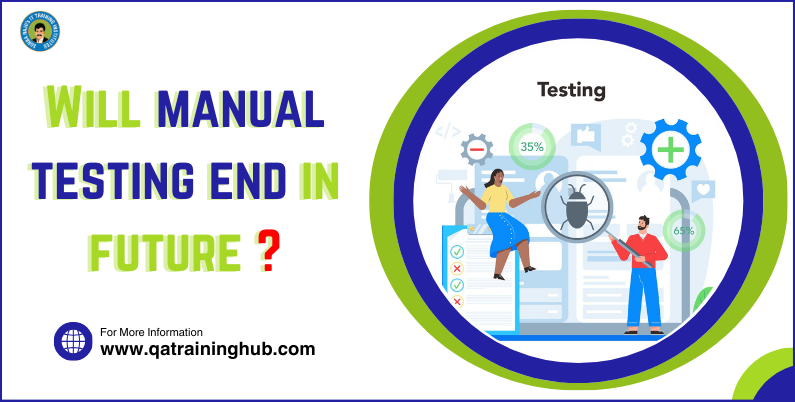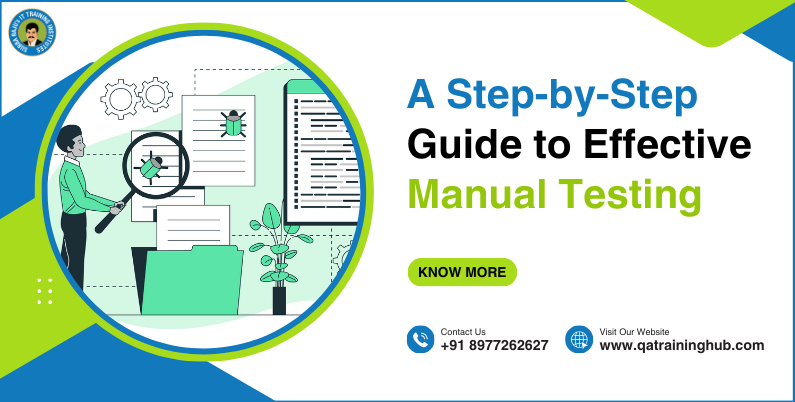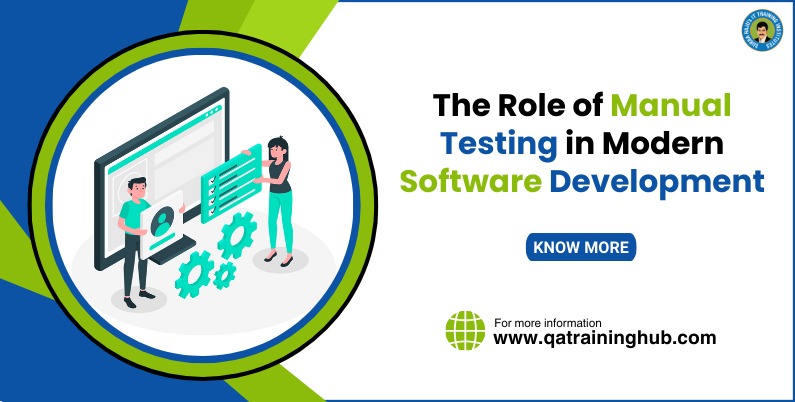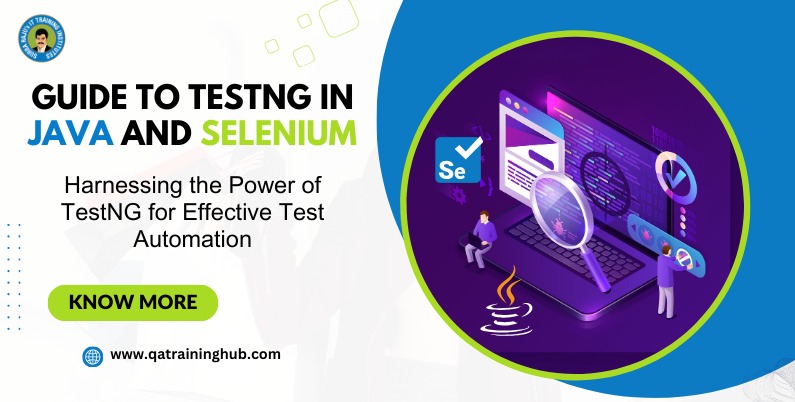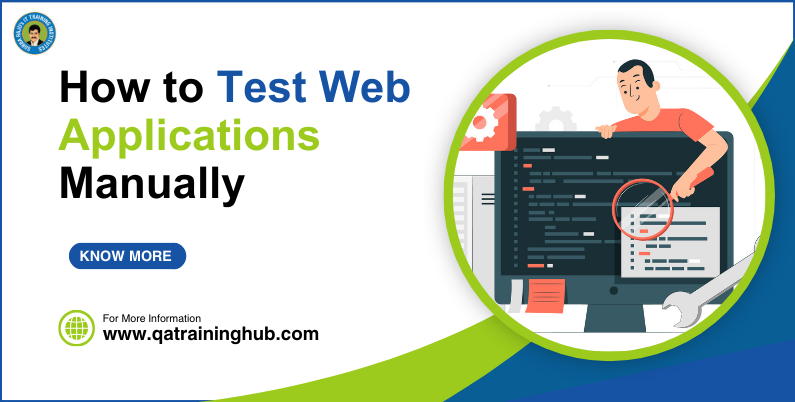
A Deep Dive into Manual Testing for Web Applications: A Comprehensive Guide
Web applications have become an integral part of our digital landscape, providing users with dynamic and interactive experiences. Ensuring the reliability and functionality of these applications is paramount for success. While automated testing has gained popularity, manual testing remains a crucial component in the quality assurance process. In this comprehensive guide, we will delve into the intricacies of manual testing for web applications, providing a step-by-step approach to help you ensure a seamless user experience.
Understanding the Basics
- Requirement Analysis
Before embarking on the testing journey, it’s essential to have a crystal-clear understanding of the project requirements. This involves studying functional specifications, user stories, and any relevant documentation. A robust understanding of the project’s goals lays the foundation for effective testing strategies.
- Test Planning
Developing a solid test plan is the next crucial step. This document outlines the scope, objectives, resources, and timelines for testing. Divide the application into manageable modules and prioritize testing based on critical functionalities. A well-structured test plan ensures comprehensive coverage and efficient testing execution.
Functional Testing
- User Interface Testing
User interfaces are the gateway to your web application. Manually test the UI elements, ensuring they align with design specifications and provide a smooth navigation experience. Pay attention to consistency in layout, fonts, colors, and overall aesthetics.
- Form and Data Validation
Input forms are pervasive in web applications. Manually input data to test form functionalities and validate input fields. Check for proper error messages and ensure the application handles various input scenarios effectively.
- Navigation Testing
A seamless navigation experience is crucial for user satisfaction. Manually test the application’s navigation, checking links, buttons, and menu items to ensure they lead users to the correct destinations. Validate the coherence of the application flow.
Usability and User Experience Testing
- Usability Evaluation
Assess the overall usability of the application by evaluating its intuitiveness and ease of navigation. Solicit feedback from potential users or stakeholders to gain valuable insights into the user experience. Consider factors such as responsiveness and accessibility.
Performance and Security Testing
- Performance Testing
Manually assess the application’s performance by analyzing response times, load times, and resource utilization. Identify potential bottlenecks and areas where the application may experience lag. Monitor server responses to ensure the application can handle expected user loads.
- Security Testing
Security is paramount in web applications. Conduct manual security testing to identify vulnerabilities such as SQL injection, cross-site scripting (XSS), and cross-site request forgery (CSRF). Verify the robustness of data encryption, secure login mechanisms, and session management.
Compatibility Testing
- Browser and Device Compatibility
Web applications should function seamlessly across various browsers and devices. Test the application on popular browsers like Chrome, Firefox, Safari, and Edge. Ensure compatibility with different operating systems and screen resolutions to cater to diverse user setups.
Regression Testing
- Regression Testing
After implementing updates or bug fixes, perform regression testing to ensure that new changes do not adversely affect existing functionalities. This iterative process safeguards the overall stability of the application across different testing cycles.
Documentation
- Comprehensive Documentation
Document each test case, findings, and steps taken during testing. This documentation serves as a valuable resource for future testing cycles, facilitates collaboration among team members, and provides insights into the application’s evolution.
Conclusion
In the ever-evolving landscape of web development, manual testing stands as a cornerstone for ensuring the reliability, functionality, and security of web applications. By following this comprehensive guide, you equip yourself with a robust framework to conduct manual testing effectively. Remember, while automated testing tools are powerful, the human touch in manual testing is irreplaceable for uncovering nuanced issues and providing a holistic approach to quality assurance.
Embrace the challenges of manual testing as opportunities to enhance the user experience and fortify your web application against potential pitfalls. As you navigate the complexities of manual testing, you contribute to the creation of robust, user-friendly web applications that stand the test of time in our ever-connected digital world.
As we traverse the diverse landscape of manual testing for web applications, it becomes evident that mastering these methodologies is crucial for delivering high-quality and reliable software. At QA Training Hub, where excellence in software testing is a core value, our comprehensive manual testing course stands as a beacon for aspiring QA professionals.
This guide serves as a testament to the multifaceted nature of manual testing, emphasizing its indispensability in the ever-evolving realm of web development. Aspiring testers and seasoned professionals alike can benefit from our structured manual testing course, honing their skills in each facet of the testing process outlined in this guide.
At QA Training Hub, we understand the importance of blending theoretical knowledge with practical application. Our course is designed to provide hands-on experience, ensuring that participants not only grasp the concepts but also develop the skills needed to excel in real-world scenarios.
By enrolling in our manual testing course, you embark on a learning journey that goes beyond the basics. Our experienced instructors, industry-relevant curriculum, and hands-on projects prepare you to face the challenges of testing web applications with confidence.
As the digital landscape continues to evolve, QA Training Hub remains committed to equipping individuals with the knowledge and skills needed to thrive in the competitive field of software testing. Our manual testing course is a stepping stone towards a rewarding career in quality assurance, offering a holistic approach to testing that aligns with industry standards and best practices.
Join QA Training Hub today, and let’s navigate the world of manual testing together. Together, we build the foundations of robust, user-centric web applications that leave a lasting impression in the dynamic and ever-expanding digital ecosystem.

